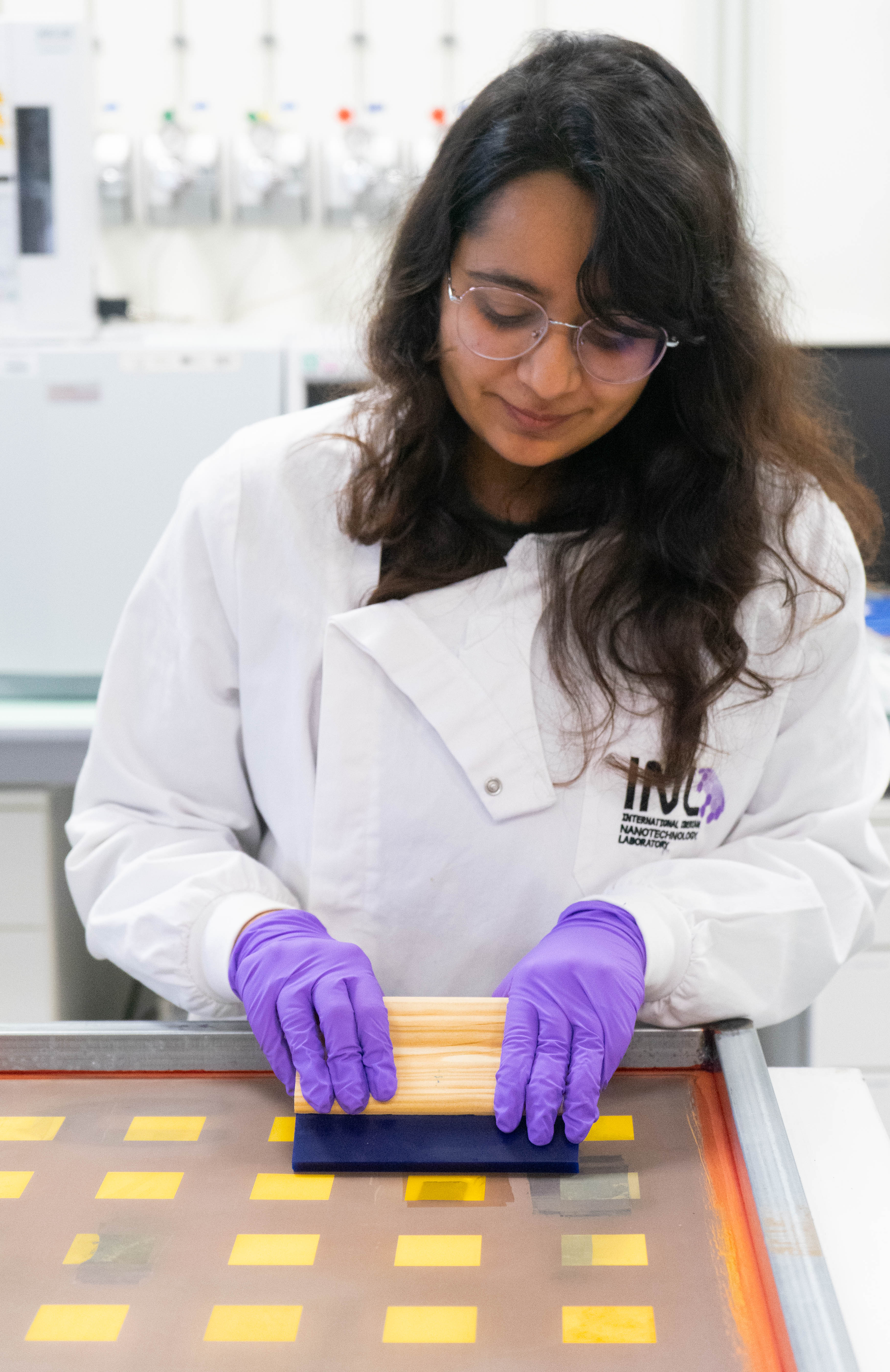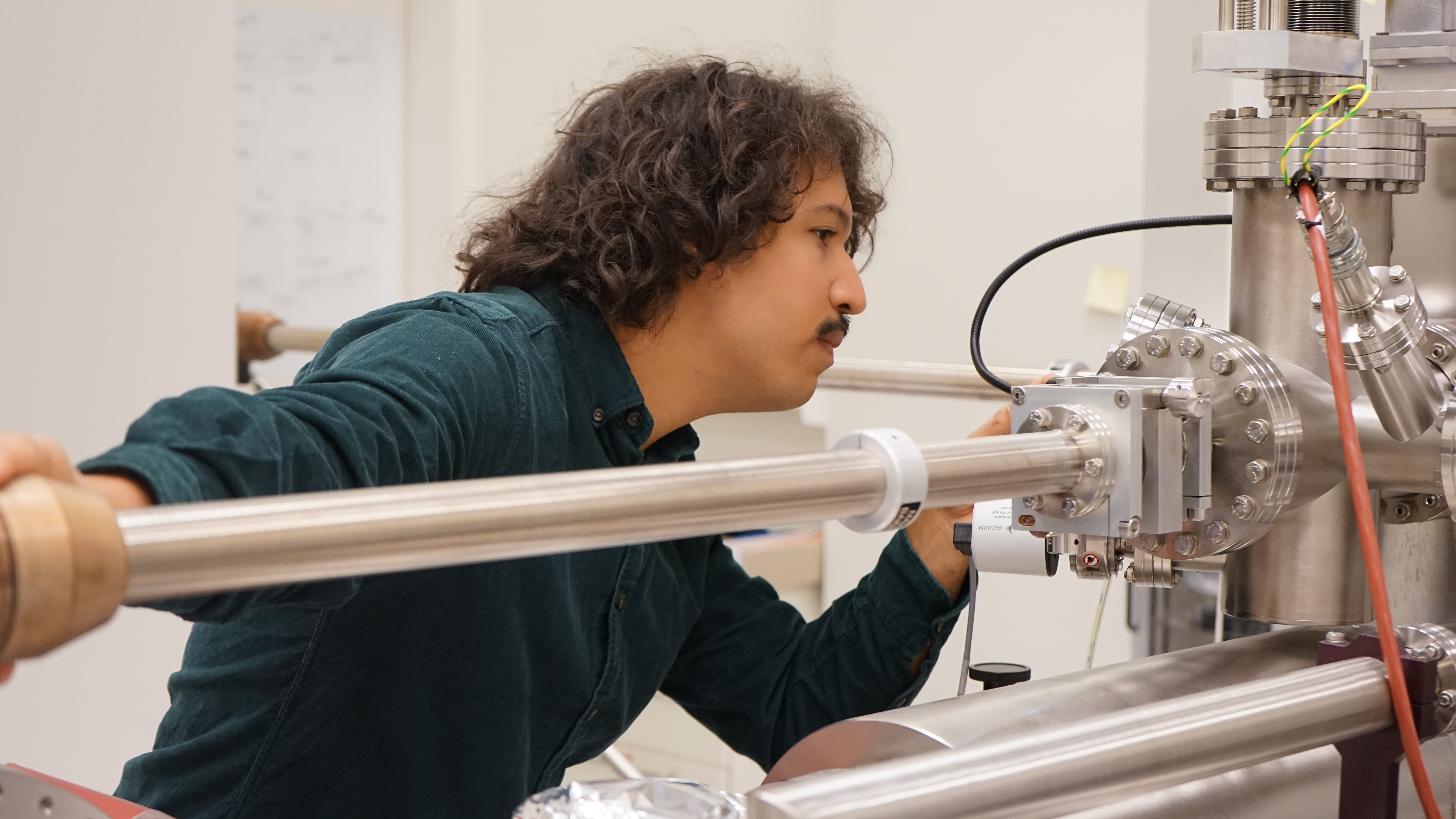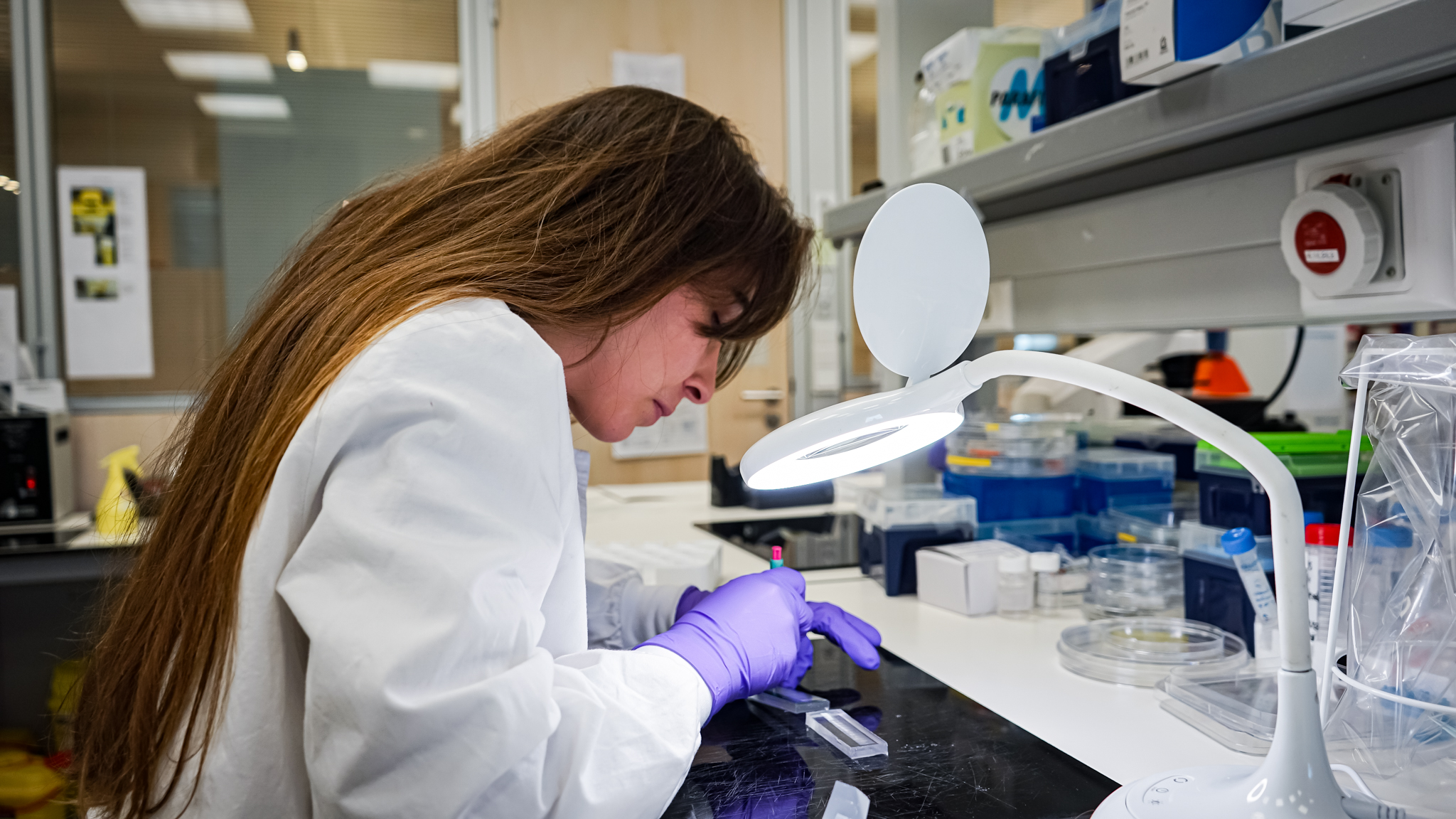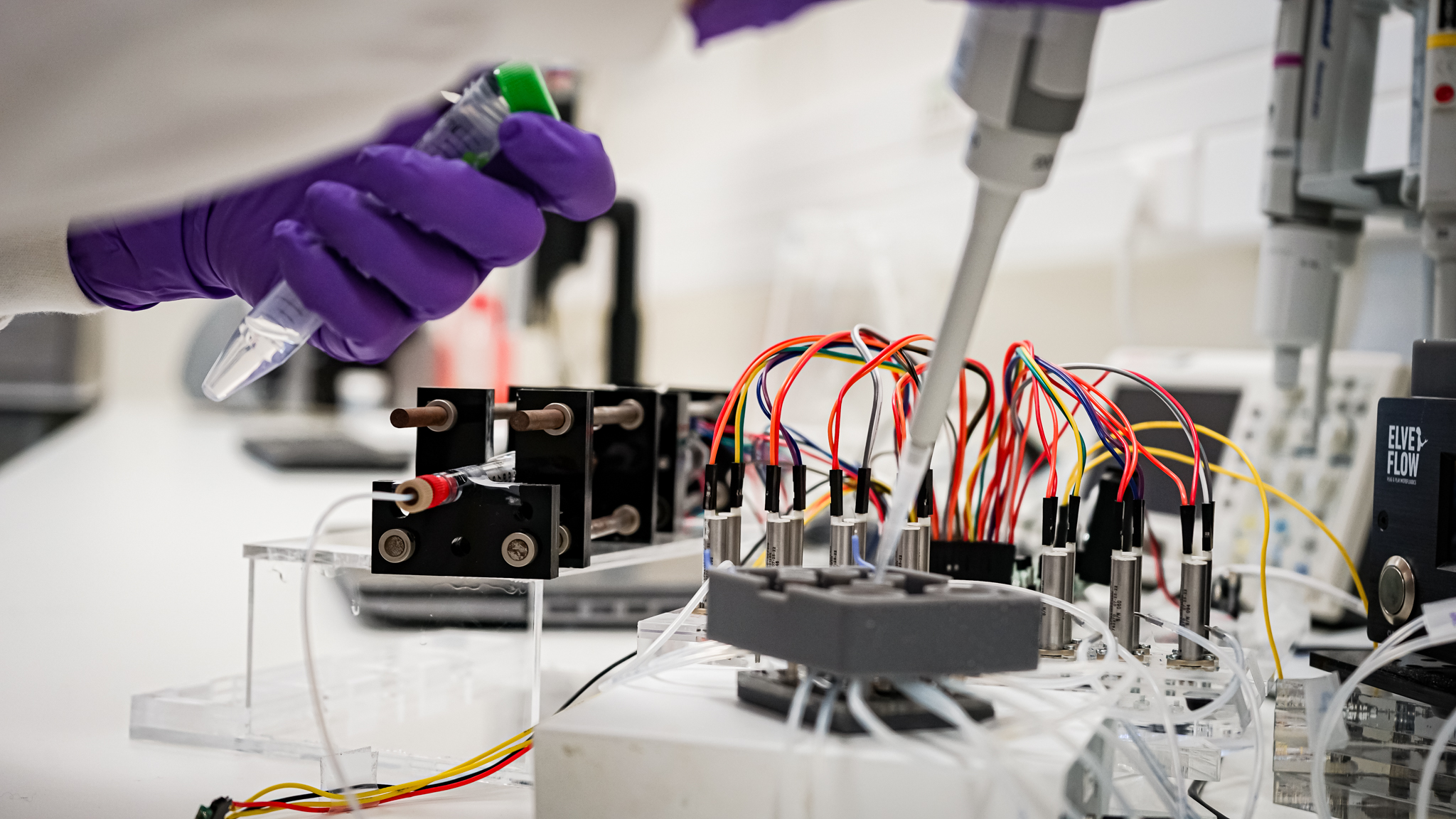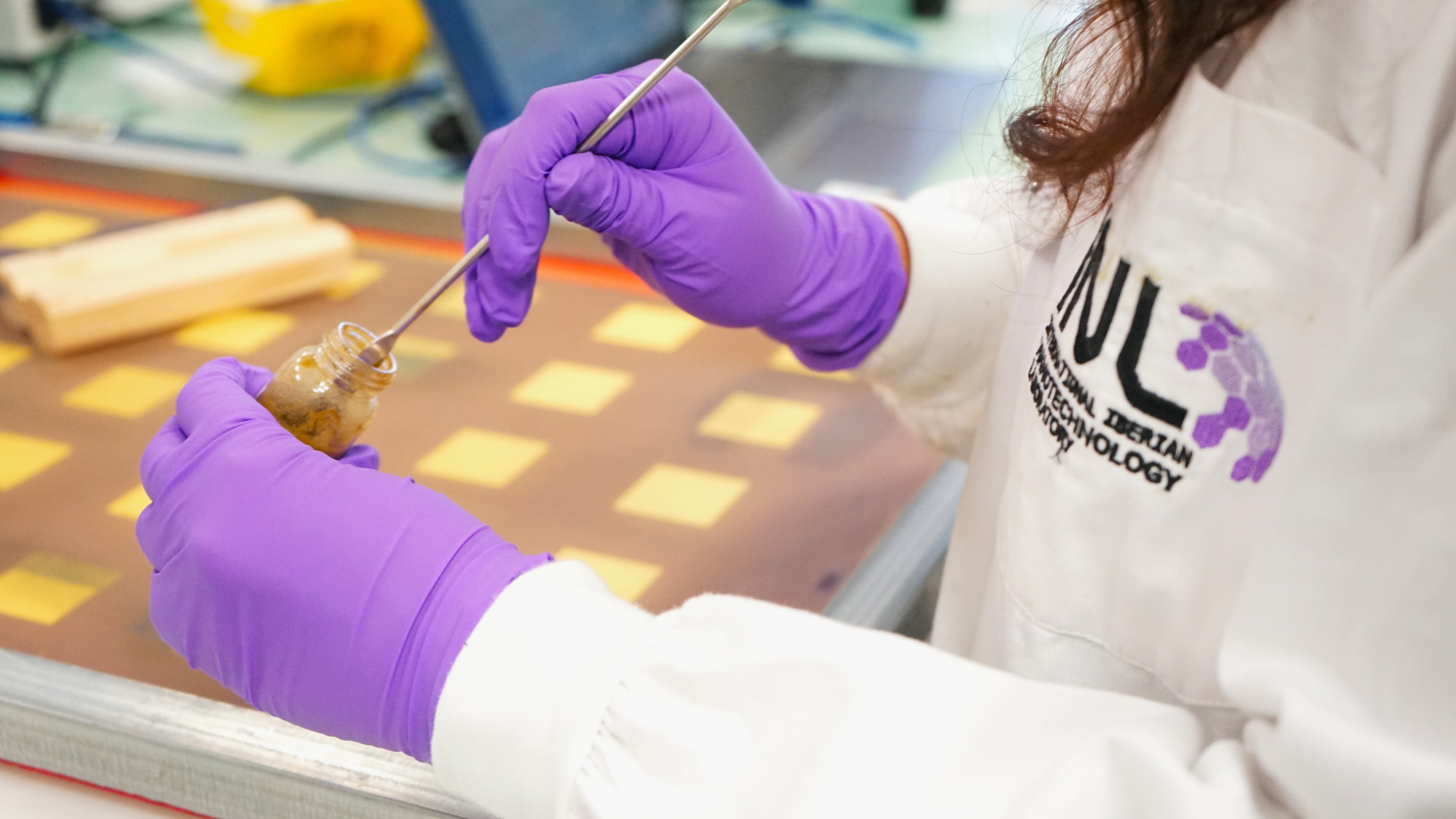
Solar-powered textiles in automotive innovation
November 29, 2023
Exploring the integration of solar cells into textiles for the automobile industry presents an intriguing prospect. This innovation could extend to practical applications, such as using solar-charged fabrics to power electronic devices like phones, thereby enhancing the sustainability and functionality of future automotive designs.
While textiles are primarily associated with clothing, they have a rich historical use in sailcloth, tents, and sacks. Leveraging textiles as substrates for solar cells could further expand their potential applications. However, the adoption of fabrics as photovoltaic substrates raises pertinent questions. Textiles must endure the necessary processing conditions to become photovoltaics; resulting solar textiles must withstand wear and tear, as well as washing and drying cycles. There might be a risk of solar cells compromising crucial physical or aesthetic features of textiles.

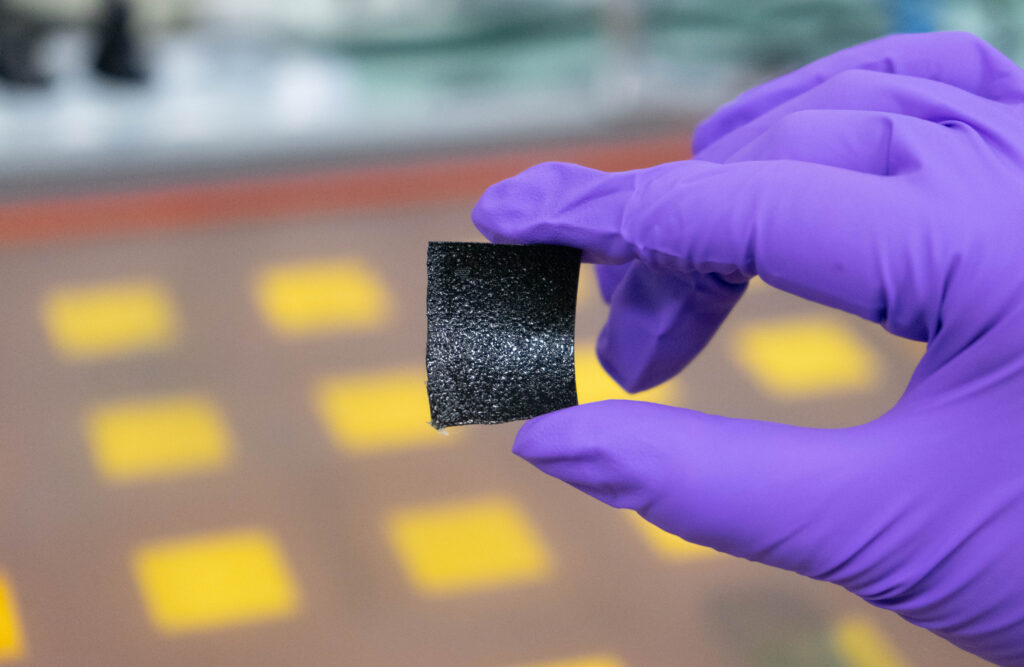
Most commonly known photovoltaics typically consist of solar cells mounted on glass. However, their weight and fragility may pose challenges in certain applications. The exploration of lighter and more flexible solar cells presents potential advantages, including enhanced durability, cost-effectiveness, and resilience in harsh environments.
“Integrating solar cells into textiles is technologically challenging,” explains Roma Raj, a researcher in the Nanochemistry research group.
“A critical issue is the adhesion of thin photovoltaic films to textiles due to their distinct mechanical properties, making the films susceptible to rupture.” Additionally, temperature-related obstacles arise, as photovoltaic fabrication often requires high processing temperatures that can be detrimental to textile fibres.”
The Nanochemistry research group is currently addressing these questions in the Agenda GreenAuto: Green Innovation for the Automotive Industry (C629367795-00464440), supported by Component C5 – Capitalisation and Business Innovation, under the Portuguese Resilience and Recovery Plan, through the NextGenerationEU Fund.
